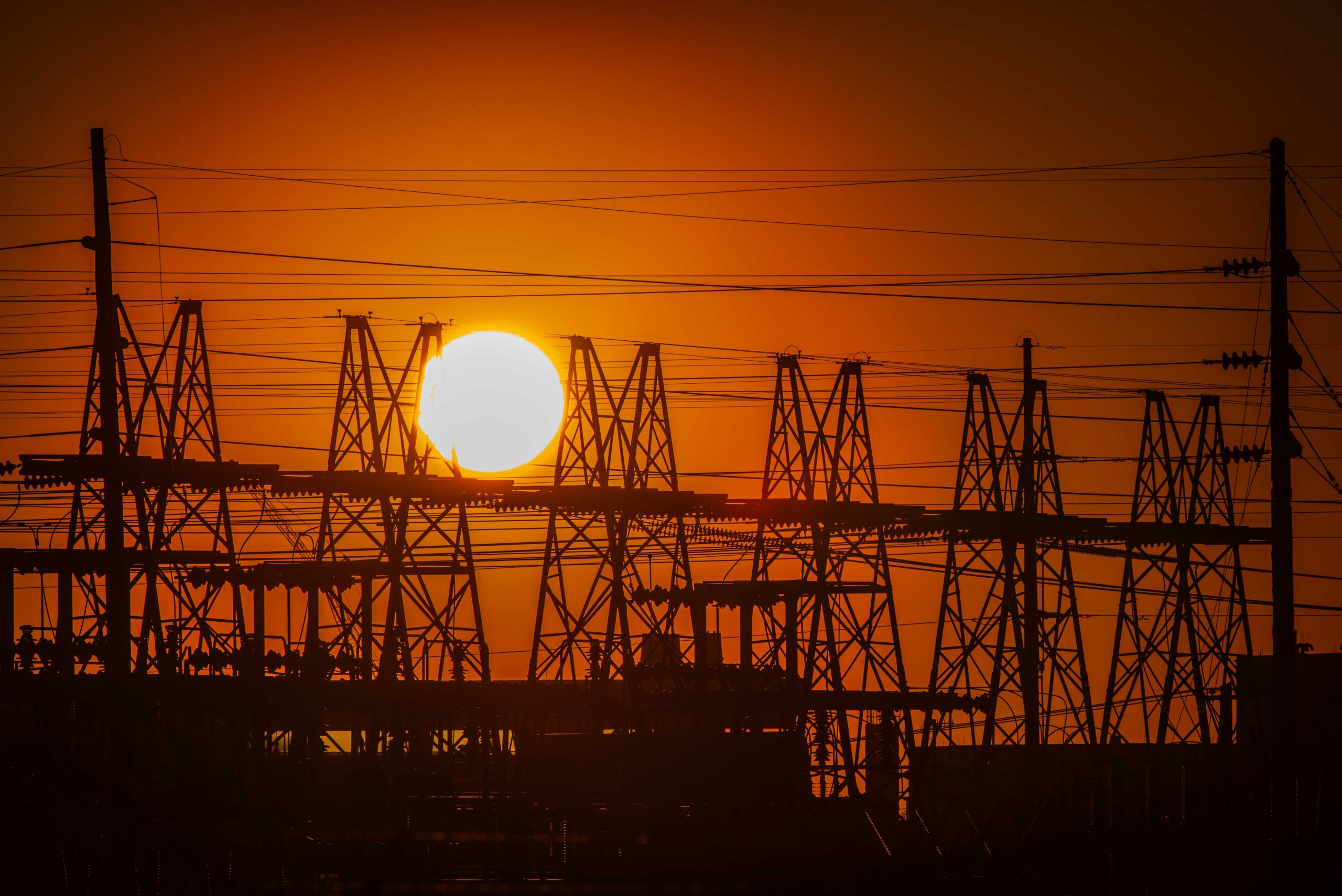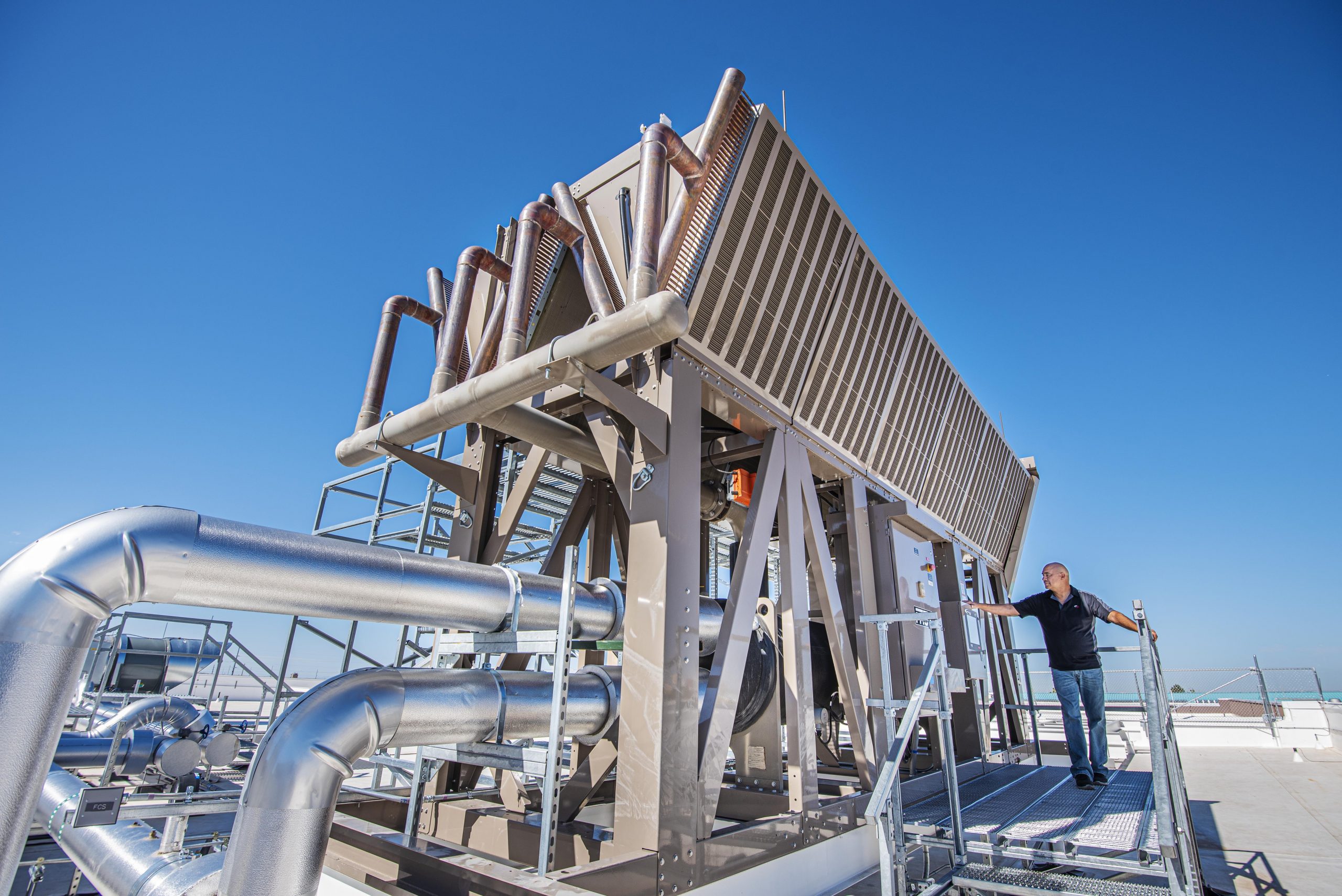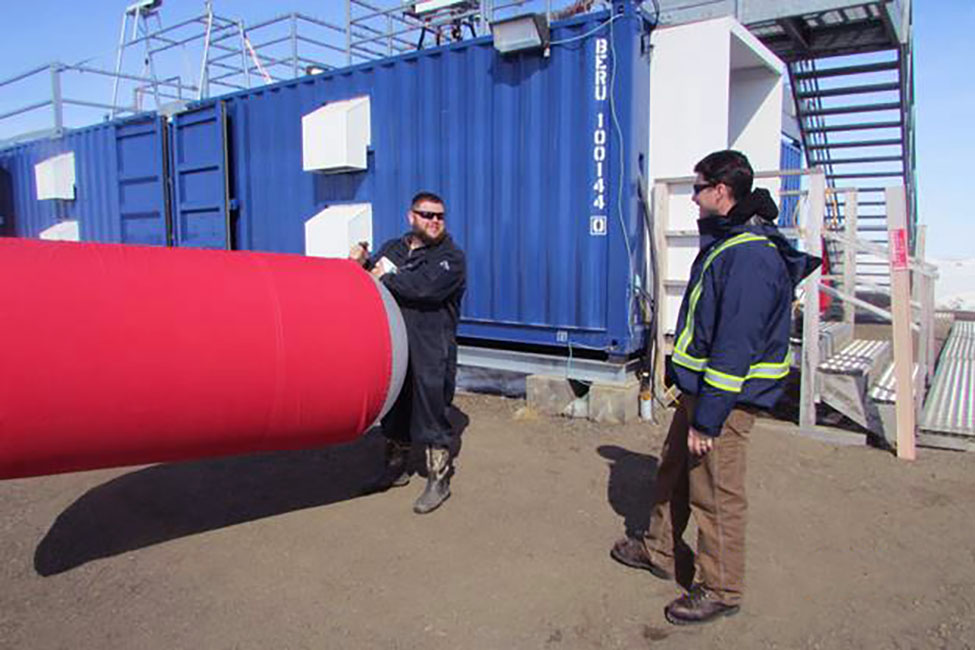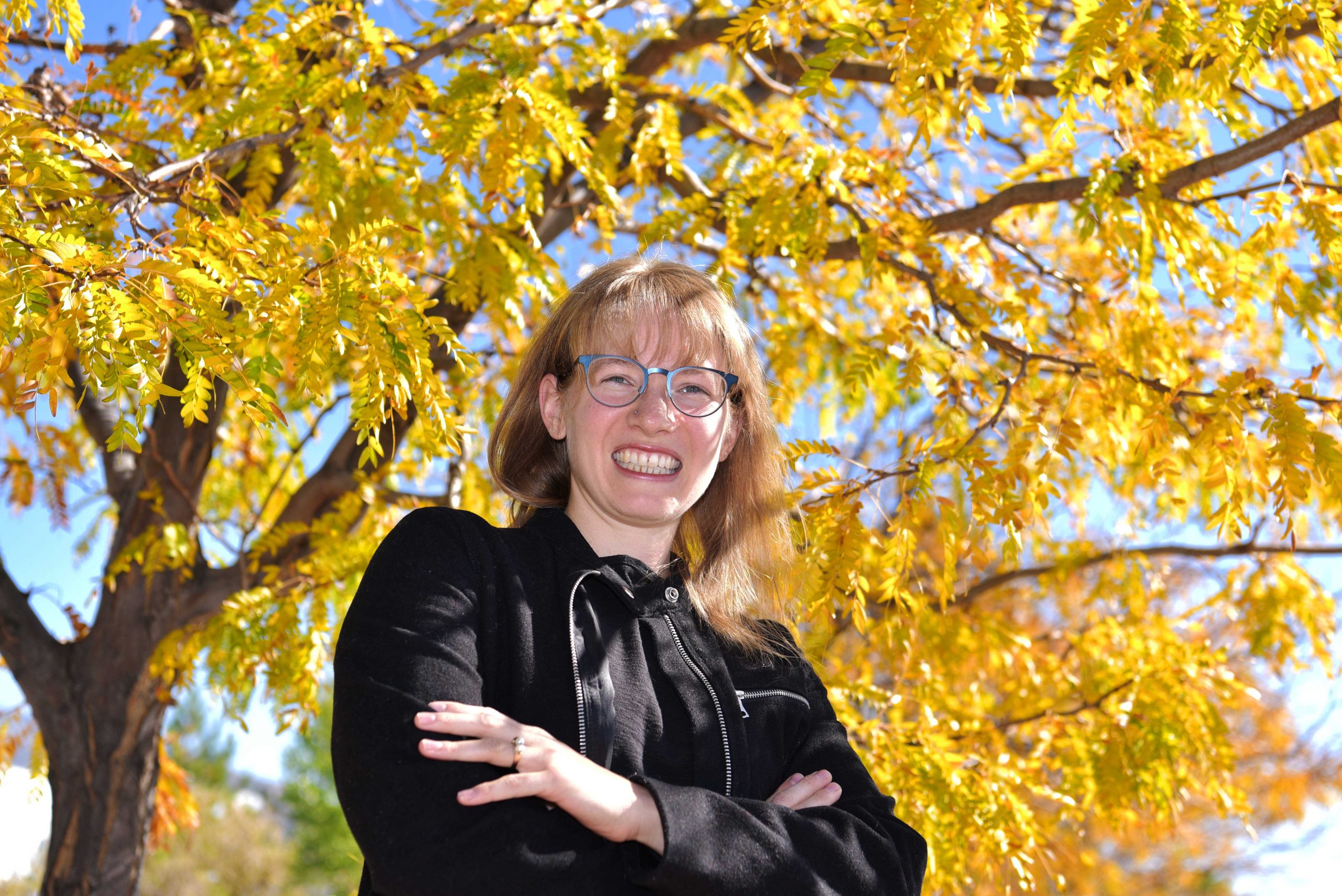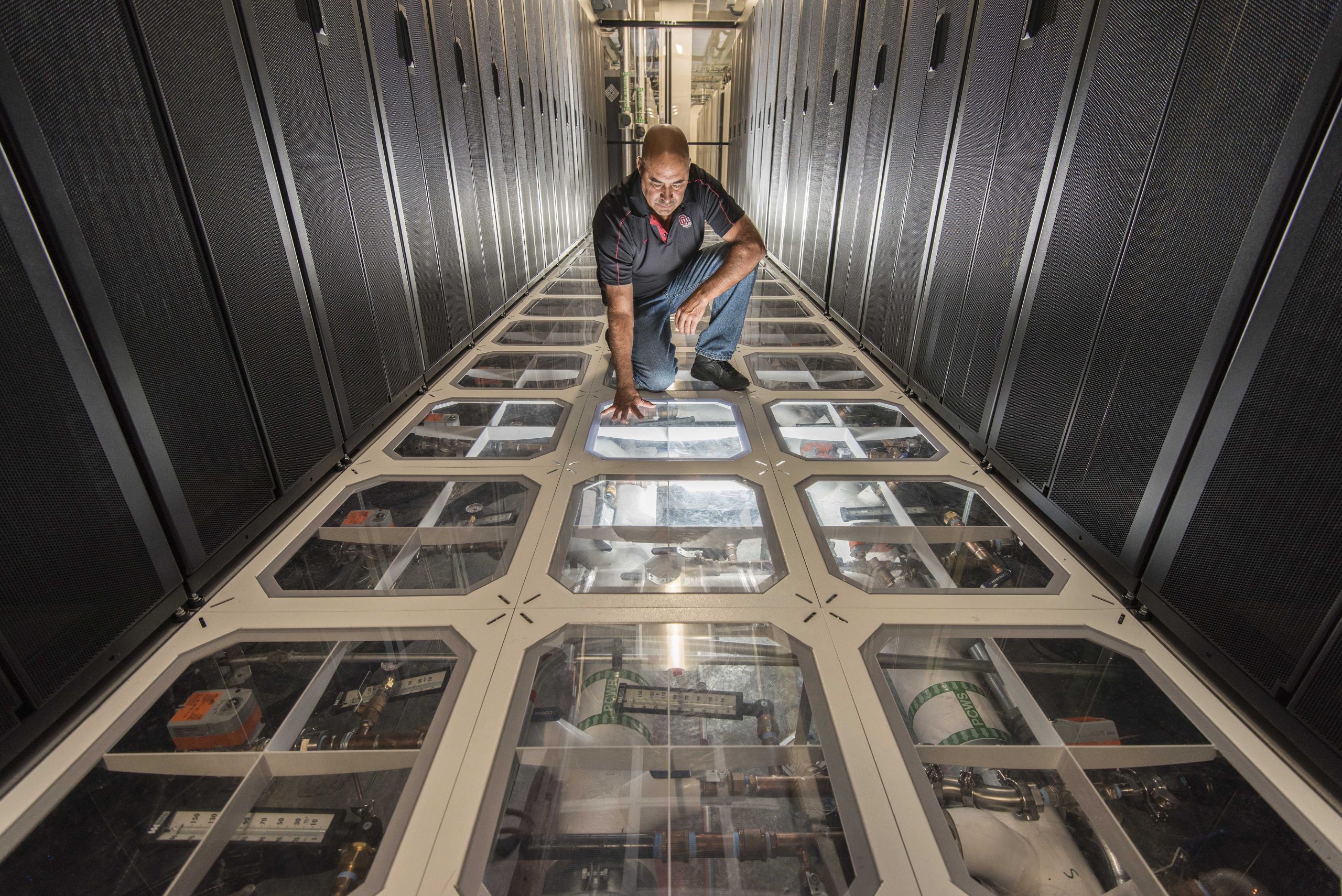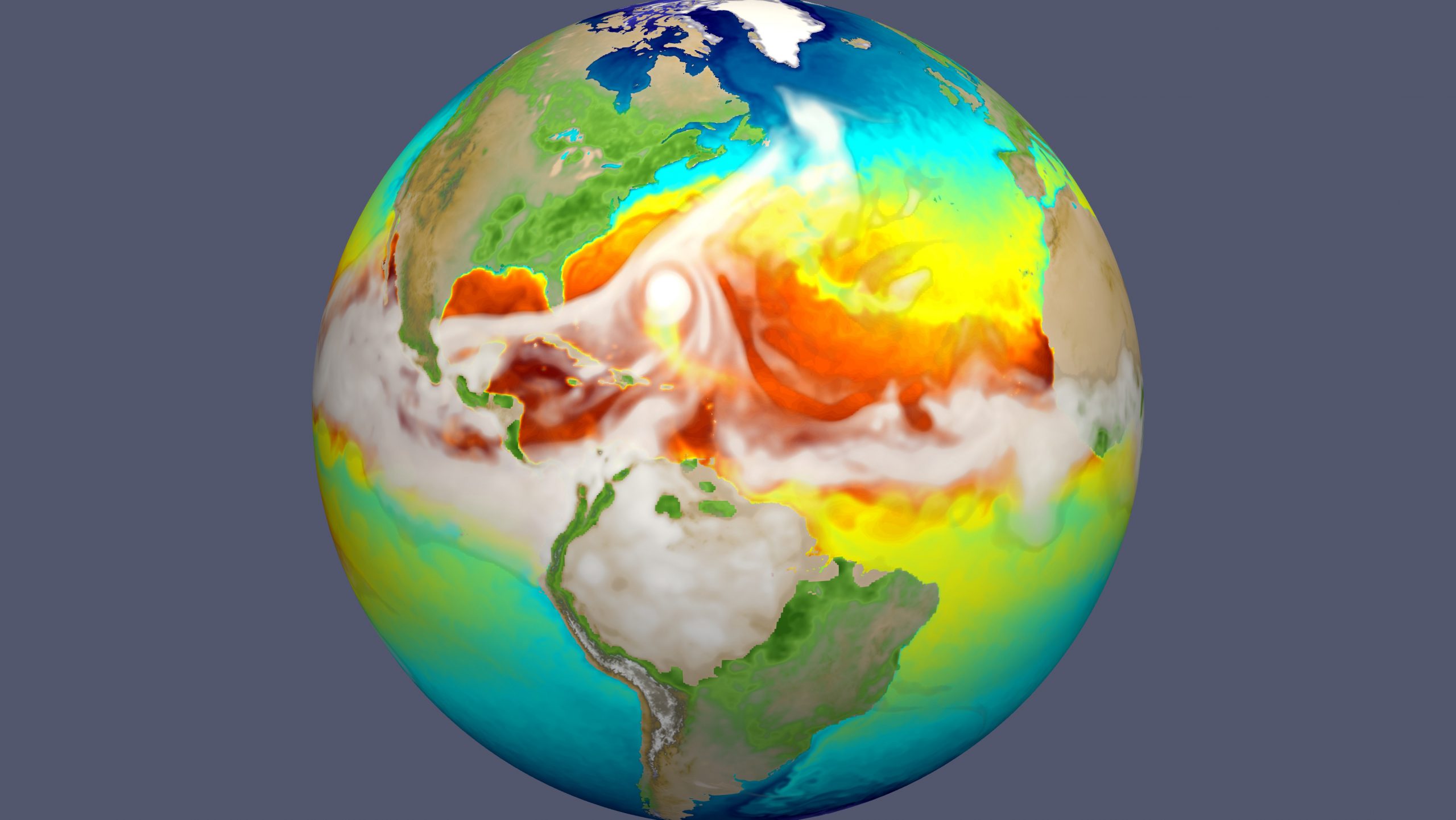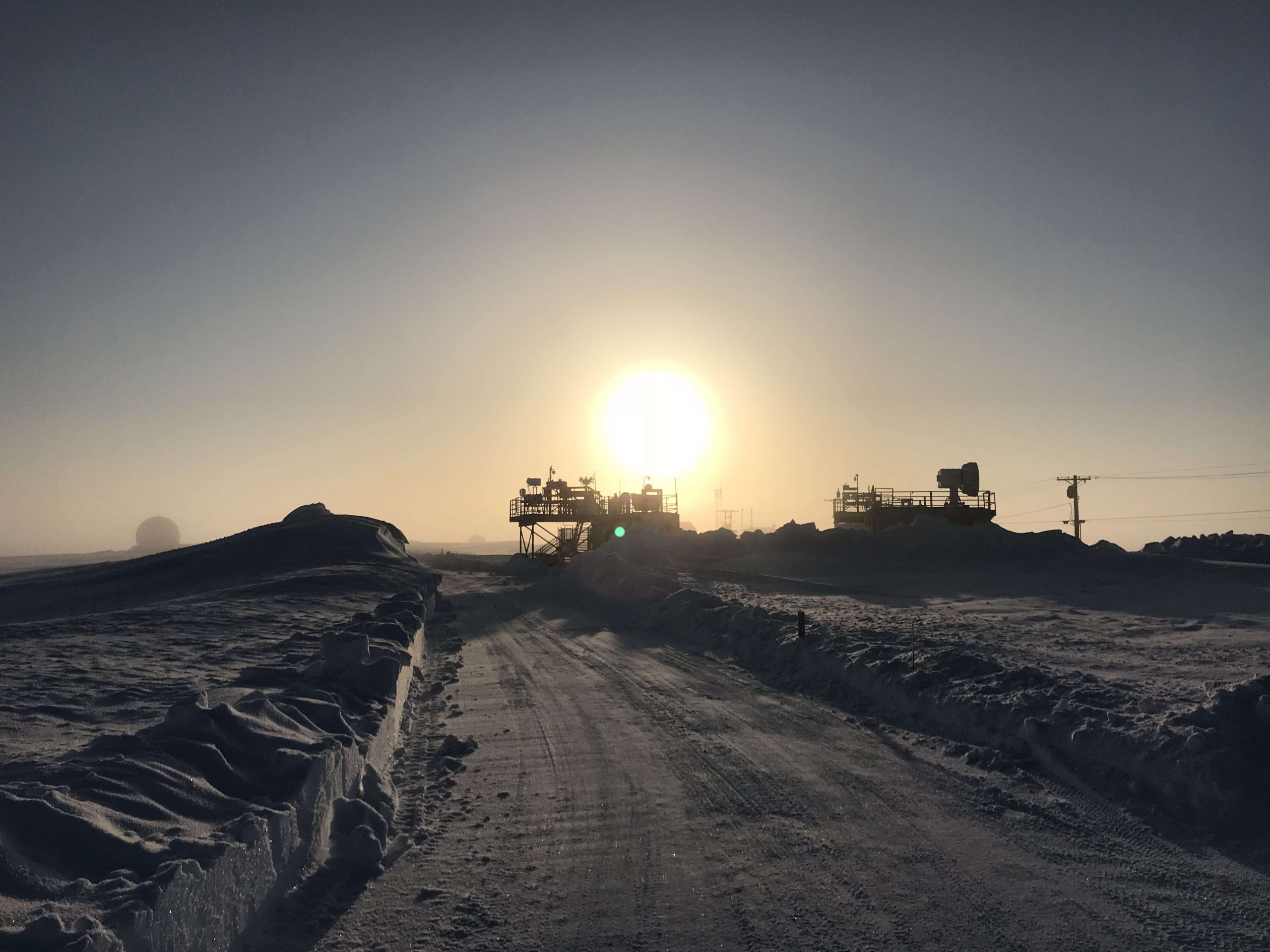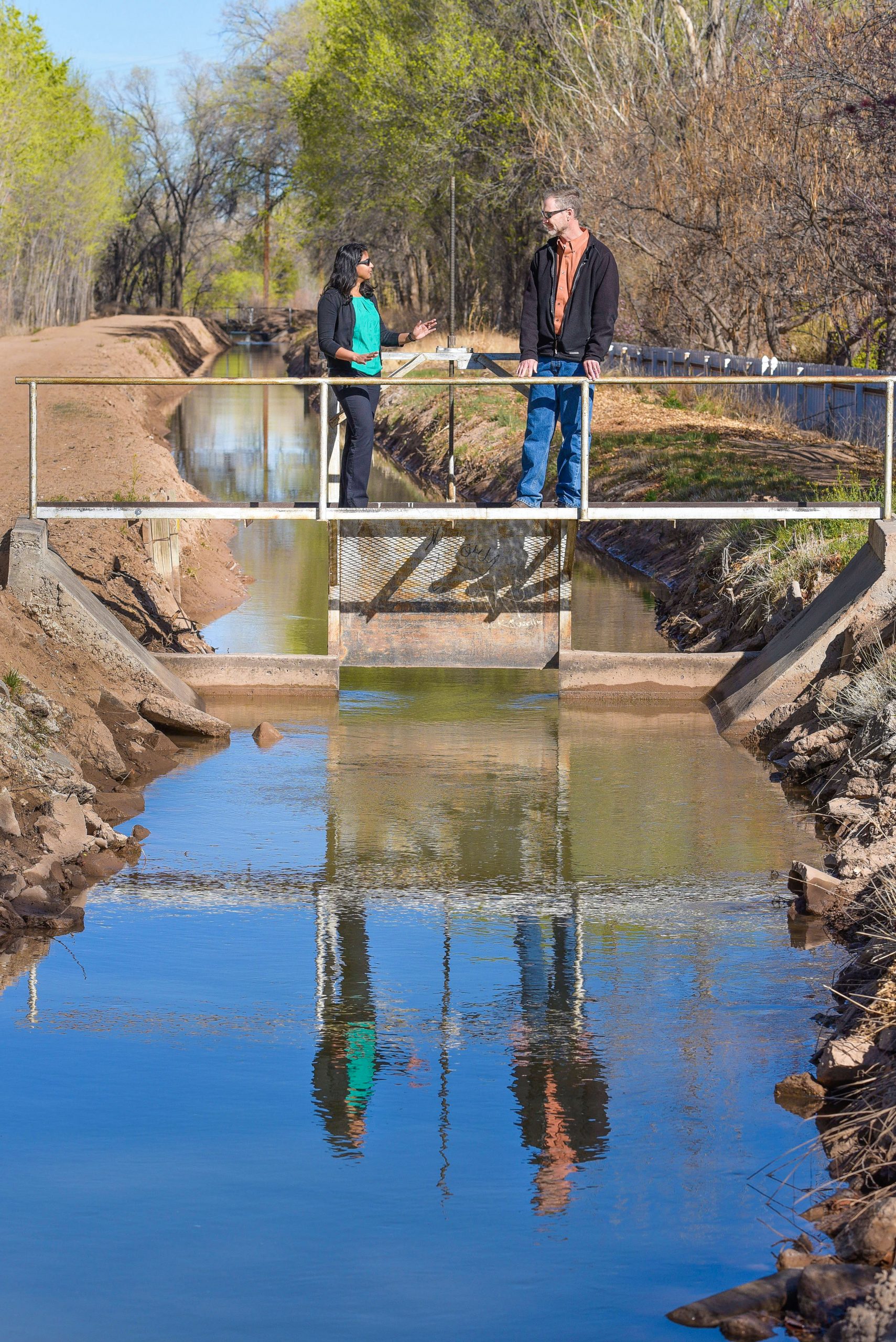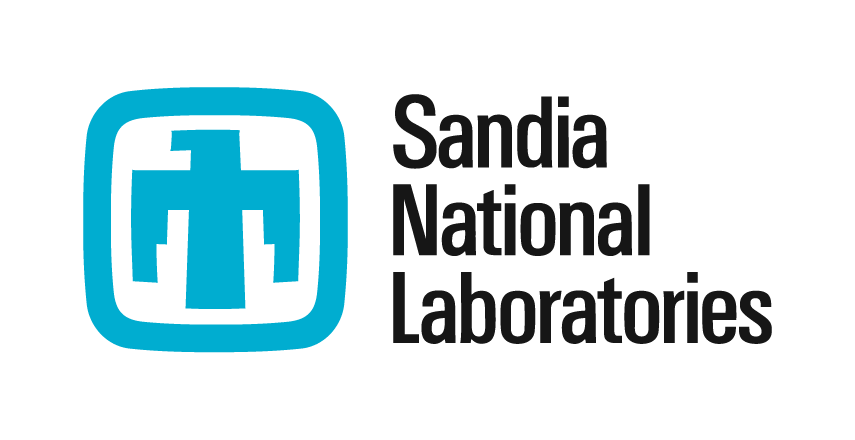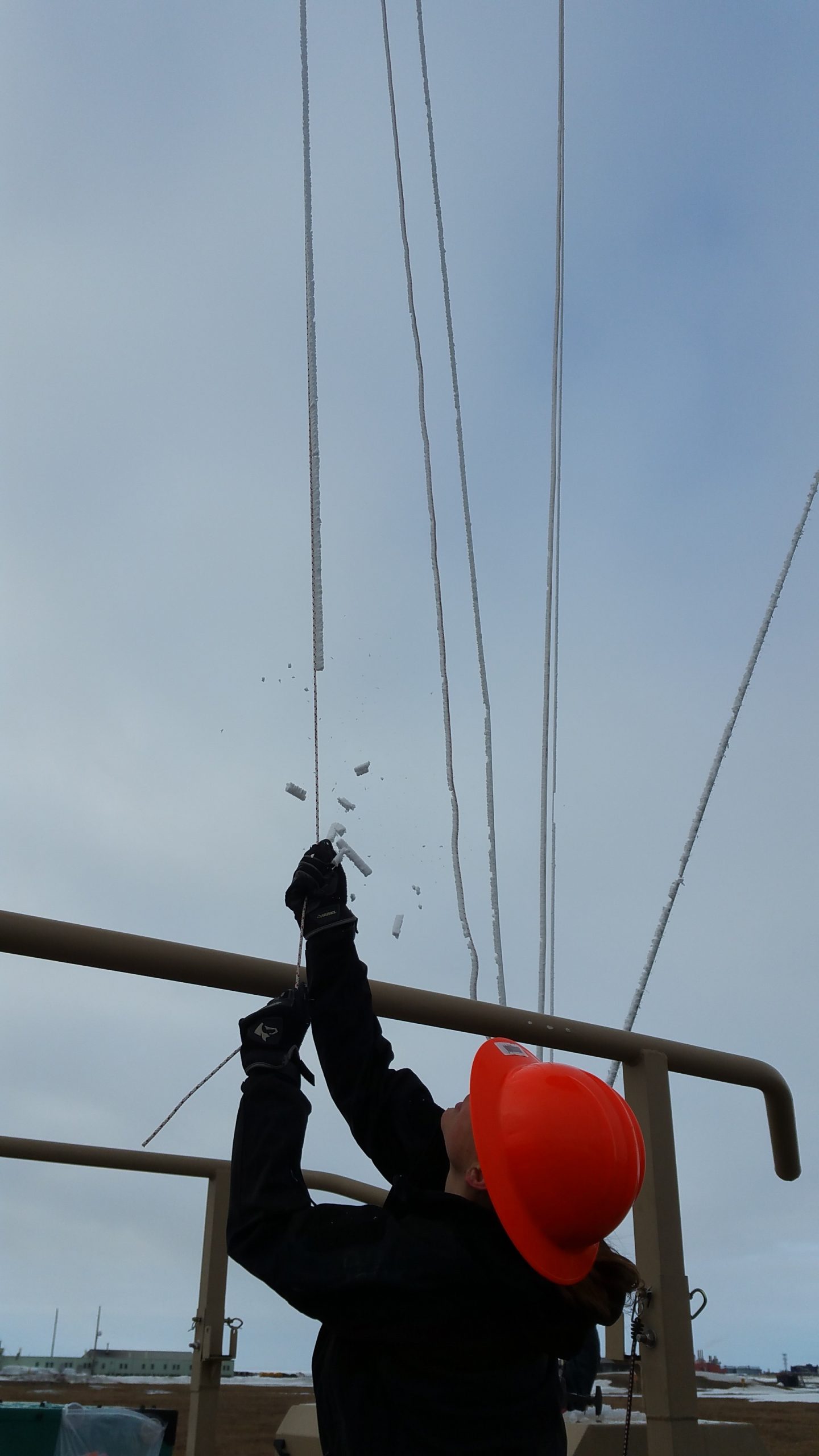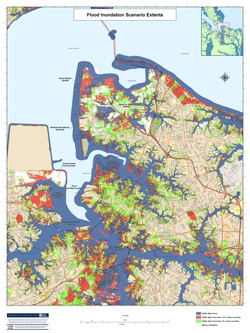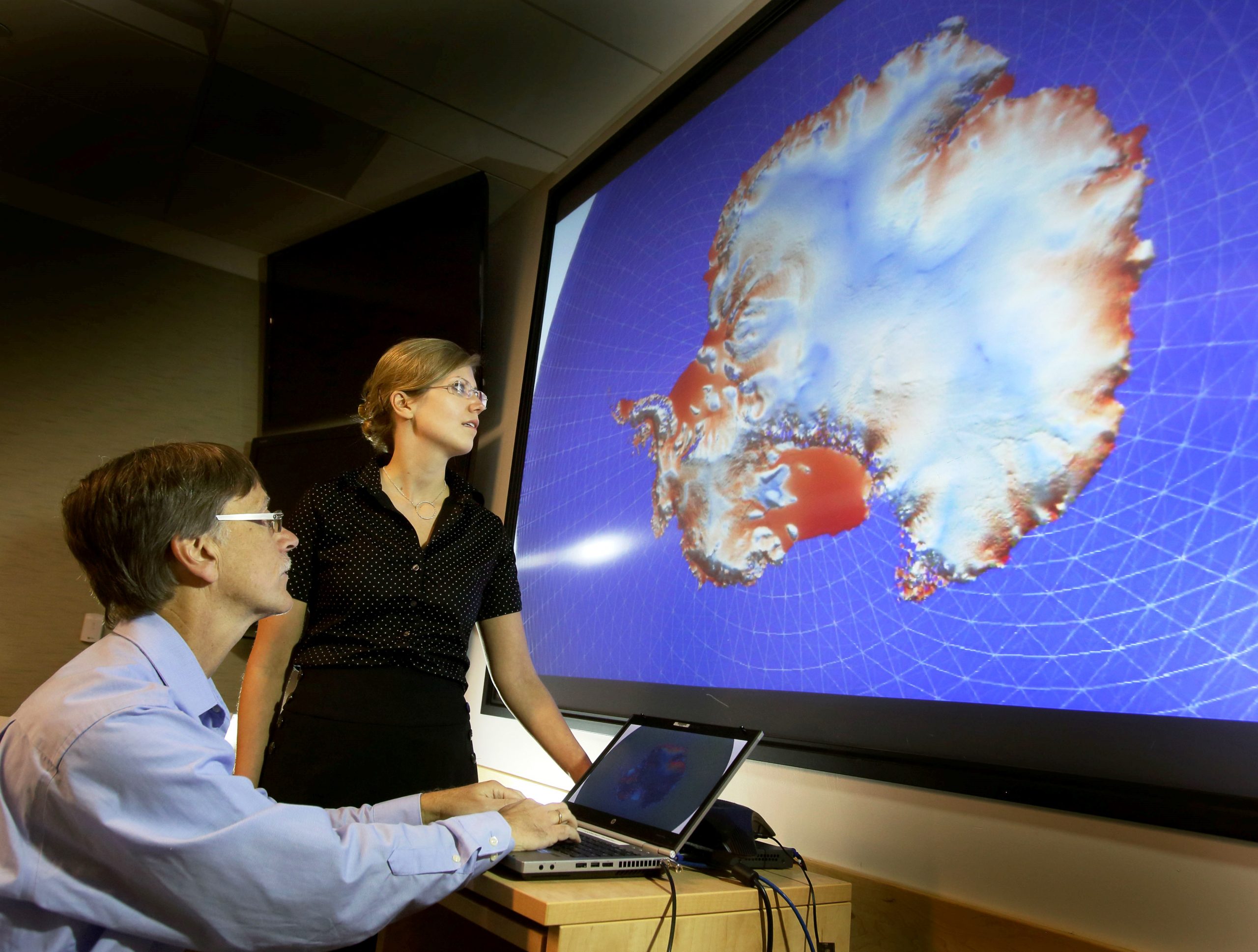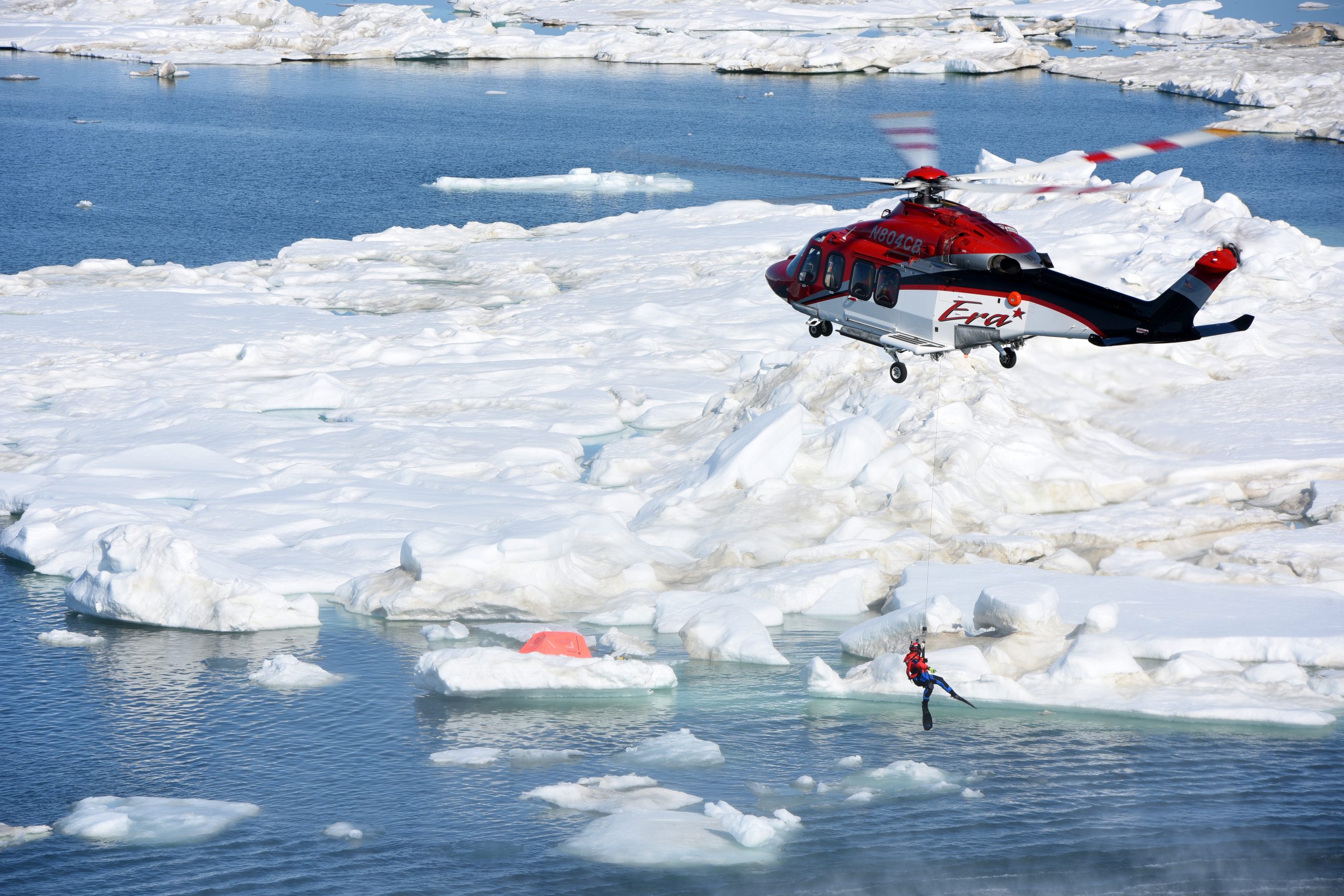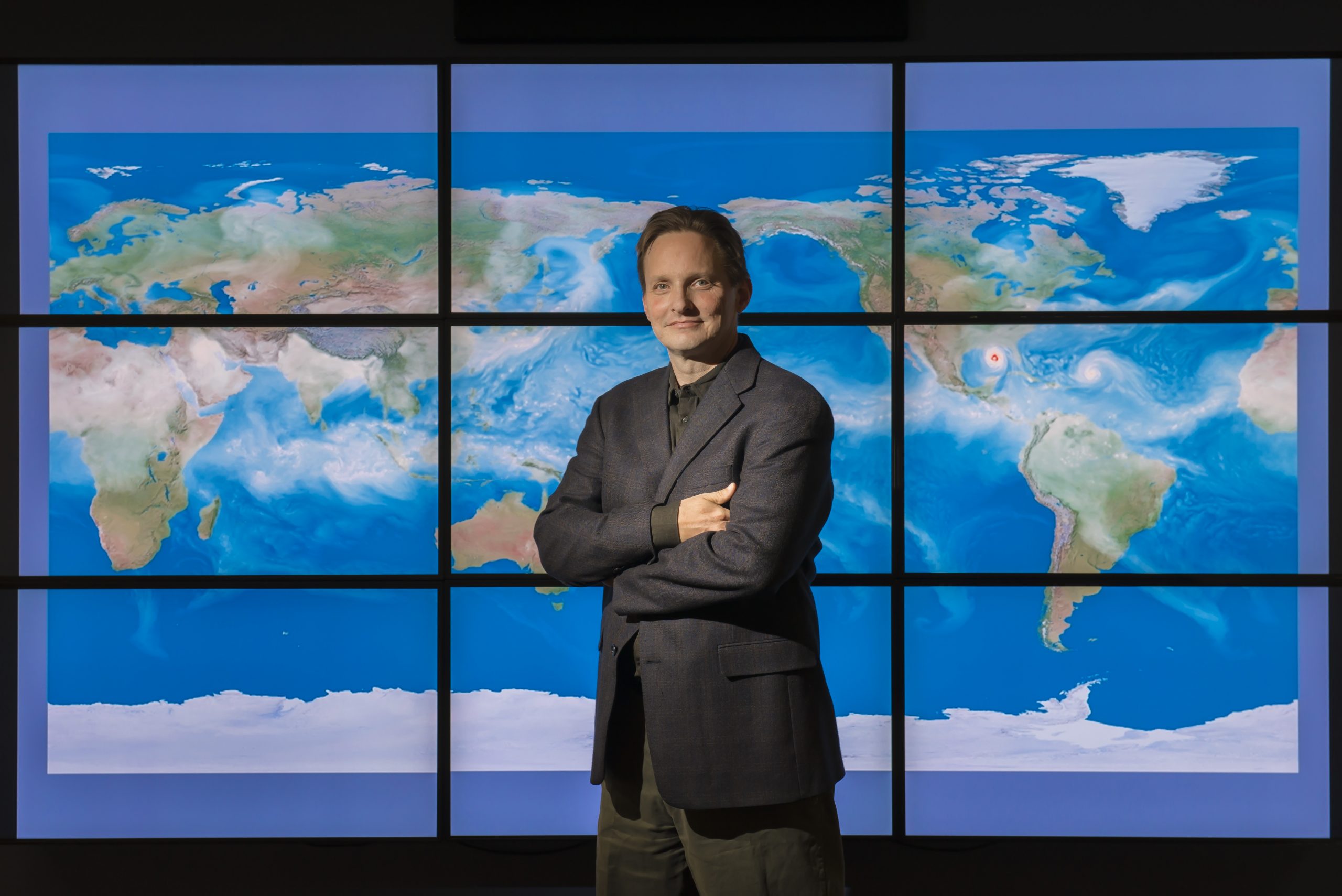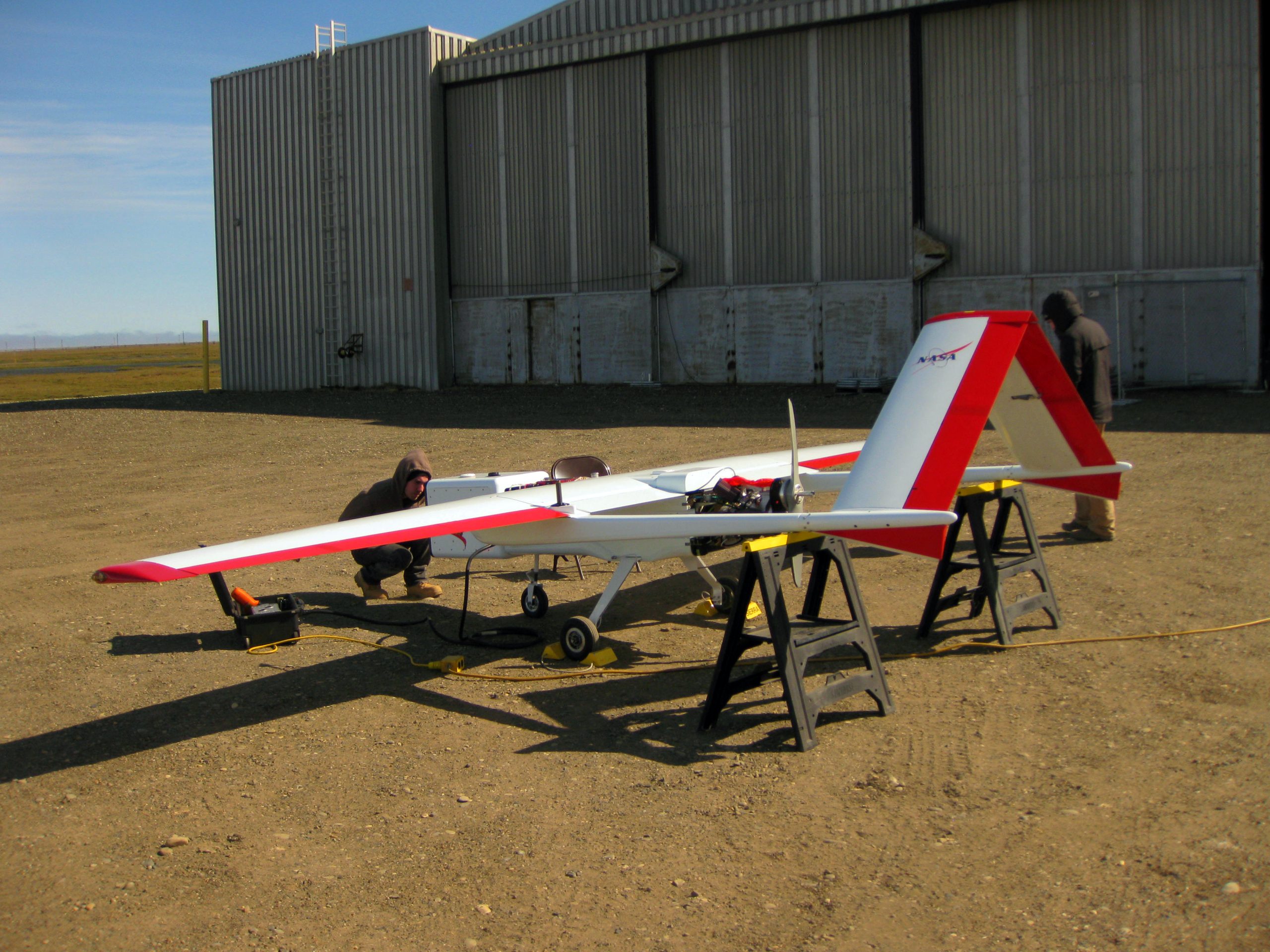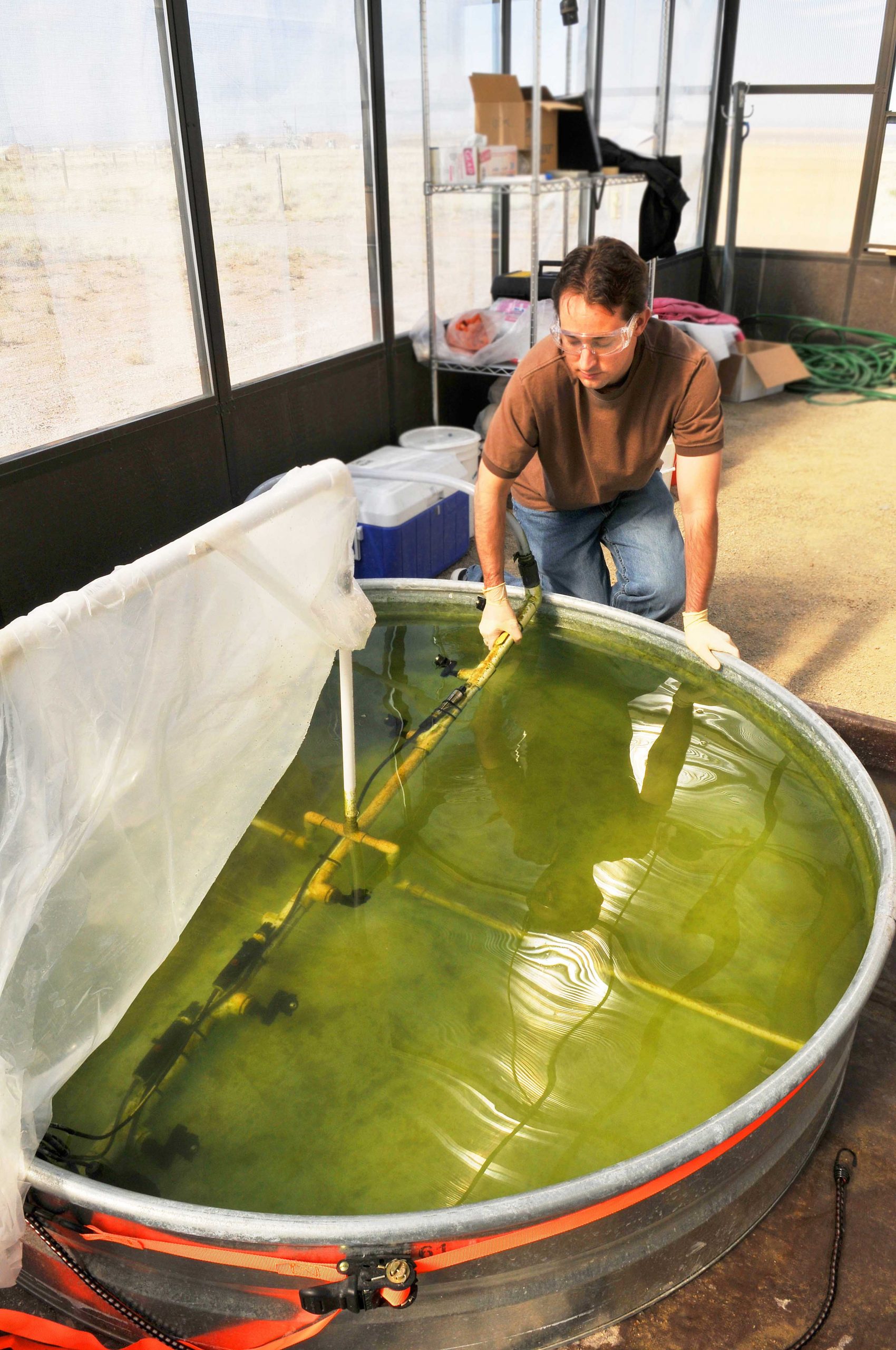March 23, 2020 • ALBUQUERQUE, N.M. — To deter attempts to disable U.S. electrical utilities and to defend U.S. nuclear weapon systems from evolving technological threats, Sandia National Laboratories has begun two multiyear initiatives to strengthen U.S. responses. One is focused on defending large U.S. electrical utility systems from potential attacks by hostile nations,...
Categories: Climate Change, Cybersecurity, Energy / Environment / Water, Homeland security, Military / Defense, Nuclear Weapons, Physics, Science / Technology / Engineering
Topics: electromagnetic, electrons, geomagnetic, Hermes, hurricanes, lightning, neutrons, nuclear weapons, petawatt, Saturn, solar storms, transformers, utilities, X-rays, Z
